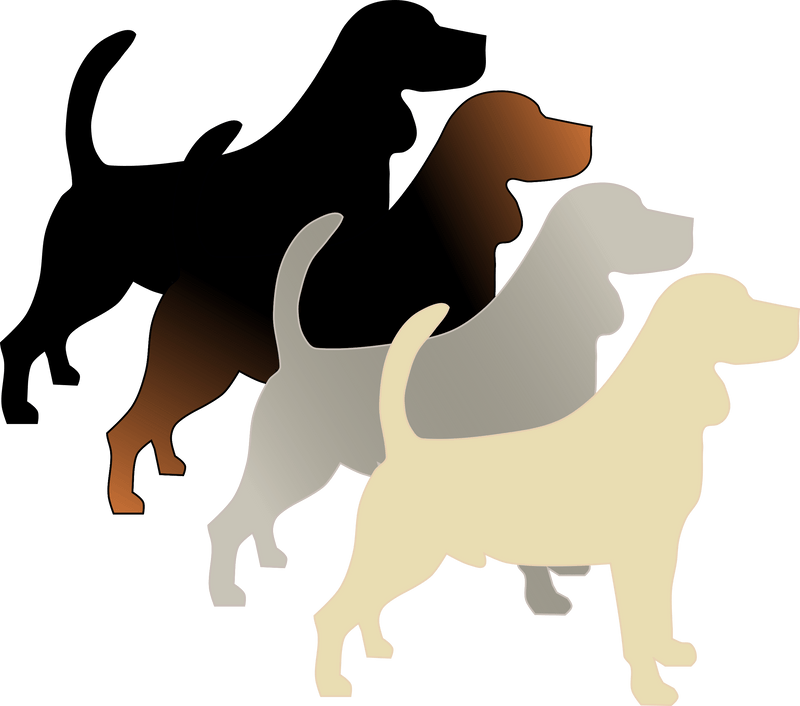A-Locus (fawn, sable, black and tan, recessive black)
Turnaround: approx. 2 weeks
The A-Locus is a region of your dog's DNA that causes your dog's fur pattern to be fawn, sable, black and tan, or recessive black.
The region has four alleles which have a dominance hierarchy:
ay > aw > at > a
This means that fawn (ay) is dominant over wolf-like fur (aw), which is dominant over black and tan (at), which is dominant over recessive black (a).
Fawn (ay) is one of the most common alleles in dogs. Dogs carrying this allele are yellow (also known as fawn, tan, or sable), though the tips of the hairs are often black.
Wolf-like fur (aw) is the ancestral allele (also known as wild type, or agouti) which causes some hairs to have alternating bands of eumelanin and phaeomelanin from root to tip.
Black and tan (at) gives your dog a characteristic look with a black body but yellow (or tan) markings on the head, legs, and feet. It is also known as phantom in poodles.
Recessive black (a) is the lowest in the dominance hierarchy and is known as recessive because a dog need two copies to produce a fully black dog. This is a lesser cause of fully black dogs as most are caused by a KB/KB or KB/ky result at the K-Locus. The recessive black allele is the cause of fully black German Shepherds and Shetland Sheepdogs.
For any A-Locus colouring to be visible, a dog must also be ky/ky at the K-Locus and E/E or E/e at the E-Locus.
The A-Locus colours are caused by mutations on the ASIP gene with a complex order of dominance as outlined above.

